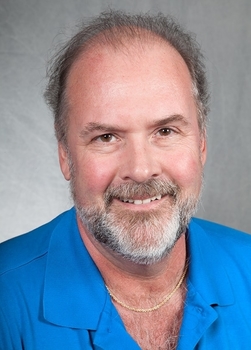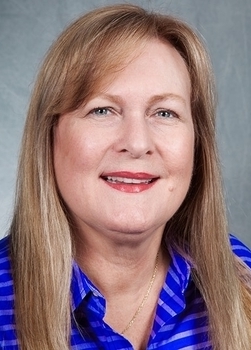A recent Wall Street Journal article (August 11-12, 2018) entitled “To Get the Most Out of Polls, Delve Deeper” prompted this post. Though this post was about political polls and pollsters, there were several points relevant to the world of trial consulting. One quote caught my attention, “…, remember that neither a candidate’s polling percentage nor any other single number will give you the full picture—any more than a price tag really tells you how a bottle of wine will taste,….”. We have often worked with seemed attorneys who were, perhaps, new to using mock trials, and who focus on just the group verdict. They got stuck on, or excited by, or scared of, the amount of money awarded by the mock jurors. That number is just a part of what a mock trial should reveal – and should not be considered predictive in any event, thus, the number isn’t really real! The data from properly conducted mock trial research or a community attitude survey should be revealing of many details about the case, about the likely outcomes, about fact finders’ reactions, and what a best case or worst case outcome might be. But, to get there, one must dig into the data and determine what they are telling everyone. It takes a qualified, experienced, professional to do this. This is one of the reasons that “do it yourself” mock trials can be misleading and dangerous. Further, to properly incorporate the results of a mock trial into the preparation of the trial, the attorney must be open to understanding what to do with all of the information. Many years ago, we had a senior citizen client who, post research, told us he’d never hire us again because “I don’t know what to do with all of this information.” (He retired not too long thereafter.) The role of a trial consultant, one with education and experience, is to interpret the numbers, the data, look at trends, and develop strategies to turn the data into useful action plans. The aforementioned article concludes by pointing out that good pollsters (researchers) should be judged by the ability to explain the data, not just to report them.
I enjoy, immensely, working with attorneys on their cases. Most of the attorneys who retain Magnus are intelligent, sophisticated people who are hiring us because they know they are experts on the law, but they are not experts on human decision making. There is a small subset of our clients who do not seem to know what to do with the information we provide them after we conduct their research, as well as those who are too set in their ways to change the presentation of the case to appeal to the jurors, judge, or arbitrators. Thankfully, for me, these attorneys are few and usually work with us only once. The attorneys who retain Magnus do so because they know I will “dig in” and “delve deeper” into the data I collect during their research. They are often amazed at the way I see their case, through the eyes of the decision makers, and the conclusions I draw from my statistical analyses of their research results. One of the most savvy among Magnus’ clients is someone from my hometown, Fort Myers, Florida: Kim Patrick Hart, who retained Magnus for every case he brought to trial, including the small cases. Kim Hart trusted my expertise to help him on approximately 50 cases over a period of 25 years. We spent hours delving deeper into his research data and countless time discussing general trends in jury behavior, world events that impact jury behavior, and the important factors that lead jurors to favor one decision over the other. Although Kim Hart retired from law practice in 2017, he is the epitome of the trial lawyer who knows how to make the most from his/her working relationship with his trial consultant. Thanks for the memories, Kim! And, kudos to you for all you did on behalf of your clients!



Comments are closed.